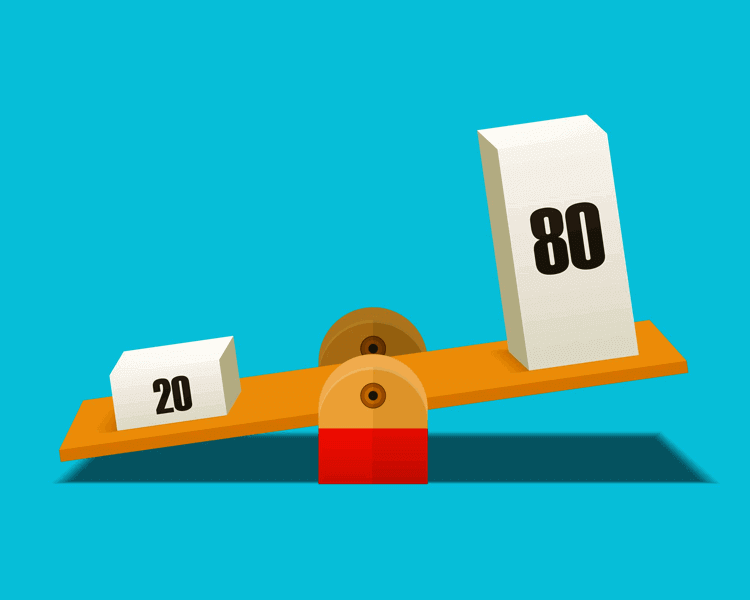Time blocking is a productivity technique that involves dividing your day into specific blocks of time dedicated to particular tasks or activities. Unlike traditional to-do lists, time blocking allows for focused, uninterrupted work, reducing distractions and encouraging deep concentration. By assigning tasks to set time slots, you create a structured routine that prevents task overlap and minimizes decision fatigue. This method provides a clear framework for how your day unfolds, making it easier to stay on track and prioritize effectively.
Benefits of Time Blocking for Daily Productivity
The primary benefit of time blocking is enhanced productivity. When each task has a designated time, you avoid the tendency to multitask, which can reduce efficiency. Time blocking helps ensure that essential tasks receive the attention they deserve, boosting overall output. By focusing on one activity at a time, you can complete tasks faster and with better quality, leading to a more productive day. Additionally, time blocking reduces stress by giving a clear structure to your day, which can increase job satisfaction and motivation.
Time Blocking vs. Traditional To-Do Lists
While to-do lists are popular, they often lead to procrastination and lack of prioritization. Time blocking goes a step further by assigning a specific duration for each task, reducing the risk of over-scheduling and underestimating time. Unlike to-do lists, which can quickly grow overwhelming, time blocking provides a realistic framework for what can be accomplished in a day. This approach encourages better time management, ensuring that high-priority tasks are tackled first, and time is not wasted on low-value activities.
How to Get Started with Time Blocking
To start time blocking, list all tasks you need to accomplish in a day and prioritize them. Break down large tasks into smaller, manageable steps. Next, assign each task a specific time block, ensuring that you allocate sufficient time based on the task’s complexity. Use digital calendars, planners, or apps to schedule your blocks visually. It’s essential to include buffer time between blocks for flexibility and unforeseen delays. Start small and adjust as needed, allowing your routine to evolve naturally over time.
Tools and Apps for Effective Time Blocking
Numerous tools can help with time blocking, including digital calendars like Google Calendar, Outlook, and specialized productivity apps like Notion and Todoist. These tools offer features such as color-coding, reminders, and integration with other productivity tools to streamline scheduling. Some apps are designed specifically for time blocking, providing templates and analytics to help refine your approach. Experiment with different tools to find one that best suits your style, and use it consistently for optimal results.
Managing Interruptions and Staying on Track
Interruptions can disrupt your flow and hinder productivity. With time blocking, it’s crucial to set boundaries, informing others of your schedule to minimize interruptions during focused work blocks. Techniques like the Pomodoro method can also complement time blocking by helping maintain concentration during each time segment. If distractions occur, note them down and revisit them later. Over time, setting and respecting boundaries becomes a habit, enabling you to focus better and complete tasks within the allocated time.
The Role of Breaks in Time Blocking
Incorporating breaks between time blocks is essential for maintaining productivity. Regular short breaks improve mental clarity, reduce fatigue, and enhance focus, making it easier to dive back into work refreshed. Breaks can range from five-minute breathers to a lunch break, depending on the time and nature of the tasks. Avoiding prolonged work periods prevents burnout, keeping energy levels consistent throughout the day. Effective time blockers treat breaks as non-negotiable, recognizing them as essential components of a productive routine.
Adapting Time Blocking to Your Personal Needs
Time blocking is flexible and can be tailored to fit individual preferences and work habits. Some people find morning time blocks most productive, while others prefer a later schedule. Experimenting with different block durations and placements allows you to discover what works best for your productivity rhythm. Adjust your blocks according to your energy levels, prioritizing demanding tasks during peak hours. Over time, refining your time blocks to match your unique needs can make time blocking an effortless, supportive routine.
Overcoming Challenges in Time Blocking
Common challenges in time blocking include underestimating task durations, scheduling too rigidly, and managing unexpected events. To overcome these, set realistic time frames, include buffer time between blocks, and practice flexibility. If an unforeseen issue disrupts a time block, reschedule it rather than letting it affect the entire day. Time blocking is not about perfection but consistent practice. Adopting a growth mindset and adjusting as you go can make it a sustainable and effective productivity method.
Tracking Progress and Adjusting Time Blocks
Monitoring your progress is key to making the most of time blocking. At the end of each day or week, review what worked and what didn’t. Identify any recurring issues, such as underestimating time or frequent interruptions, and adjust future blocks accordingly. Tracking productivity can help refine time estimations, allowing for more realistic scheduling. Over time, these adjustments help make time blocking a more accurate reflection of your needs, resulting in smoother, more productive days.
Conclusion:
Time blocking is a powerful technique for maximizing daily productivity by adding structure, reducing distractions, and prioritizing tasks. It encourages focused work, better time management, and work-life balance. By investing a small amount of time in planning your blocks, you can create a more organized and productive day. Embracing time blocking as a daily practice allows you to take control of your schedule, leading to consistent progress and a greater sense of accomplishment.


